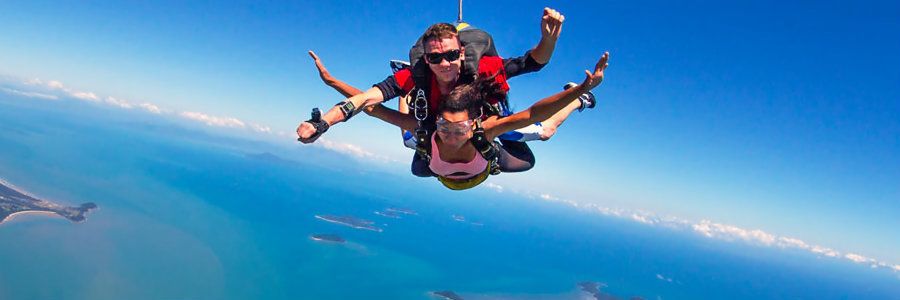Composed of over 250 separate cascades, and straddling the border between Argentina and Brazil, the Iguazú Falls (or “Cataratas”, as they are known locally) are quite simply the world’s most dramatic waterfalls. Set among the exotic-looking subtropical forests of Parque Nacional Iguazú in Argentina, and Parque Nacional do Iguaçu in Brazil, the Falls tumble for a couple of kilometres over a complex set of cliffs from the Río Iguazú Superior to the Río Iguazú Inferior below. At their heart is the dizzying Garganta del Diablo, a powerhouse display of natural forces in which 1800 cubic metres of water per second hurtle over a 3km semicircle of rock into the boiling river canyon 70m below.

The first Europeans to encounter the Falls, in 1542, were members of a Spanish expedition led by Cabeza de Vaca, who named them the Saltos de Santa María. For nearly five hundred years, however, they remained practically forgotten in this remote corner of Argentina, and it wasn’t until the early twentieth century that tourism began to arrive, encouraged by the then governor of Misiones, Juan J. Lanusse. The first hotel was constructed in 1922, right by the Falls, and by the mid-twentieth century Iguazú was firmly on the tourist map. Today, the Falls are one of Latin America’s major tourist attractions, with around two million visitors each year.
The Argentine side
The vast majority of the Iguazú Falls lie on the Argentine side of the border, within the Parque Nacional Iguazú. This side offers the most extensive experience of the cataratas, thanks to its well-planned system of trails and catwalks taking you both below and above the waters – most notably to the Garganta del Diablo. The surrounding forest also offers excellent opportunities to view the region’s wildlife. The main settlement on this side, Puerto Iguazú, lies approximately 18km northwest of the park entrance with a slightly sleepy, villagey feel, though its popularity with backpackers has livened it up a bit in recent years.
Garganta del Diablo
To visit the Garganta del Diablo (“Devil’s Throat”), you must take the Tren de la selva (“Jungle Train”), which leaves regularly from Estación Cataratas, for the Estación Garganta del Diablo, 3km southeast (fare included in entrance fee). From here a catwalk with a small viewing platform takes you to within just a few metres of the staggering, sheer drop of water formed by the union of several immensely powerful waterfalls around a kind of horseshoe. As the water crashes over the edge, it plunges into a dazzling opaque whiteness in which it is impossible to distinguish mist from water. The vencejos often swirl around the waterfall in all directions, forming giant swarms that sometimes swoop up towards you and perform miraculous acrobatic twists and turns – quite a sight. If you’re bringing your camera, make sure you’ve an airtight bag to stash it in, as the platform is invariably showered with a fine spray.
The Brazilian side

To complete your trip to Iguazú, you should also try and visit the Brazilian side. You’ll only need a few hours but it’s worth crossing in order to take photos of the Falls – particularly in the morning – as it provides you with a superb panorama of the points you will have visited close up in Argentina, as well as its own close encounter with the Garganta del Diablo. Though it offers a more passive experience, the view is more panoramic and the photo opportunities are amazing. You can cross for the day but, if you want to stay in Brazil, the city of Foz do Iguaçu lies a good 20km northwest of the access to the park. Much larger than Puerto Iguazú and with a modern, urban feel, Foz is neither the most beautiful nor most exotic of Brazilian cities, but if you’ve been travelling in Argentina for a while it’ll give you the chance to hear another language, try some different food and sample some lively nightlife. Foz definitely feels less safe than its Argentine counterpart – a fact much exaggerated by Argentines, but nonetheless you should be on your guard in the city.
Source: www.roughguides.com





















































